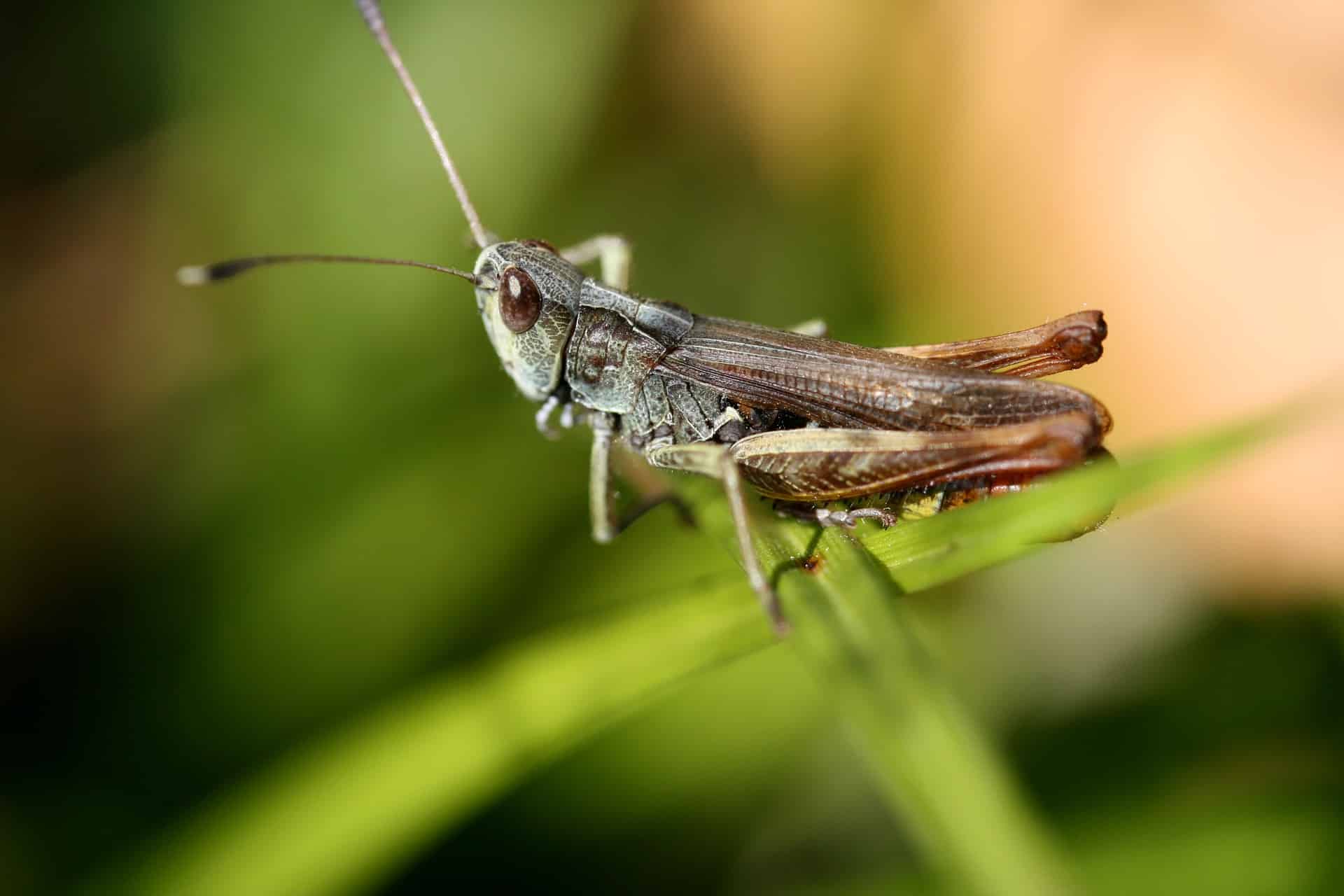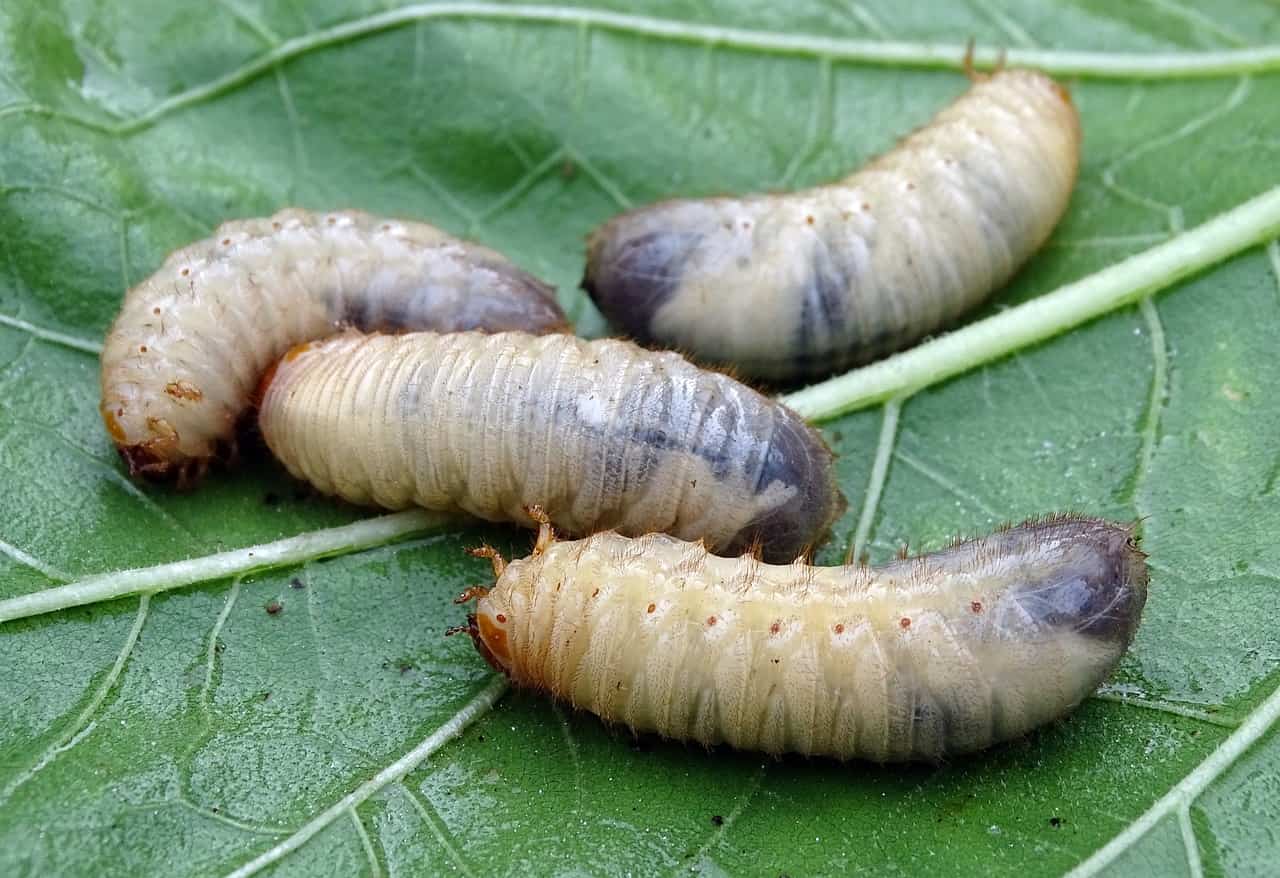
Biochemist Christian Gruber of the Medical University of Vienna is doing research into therapeutic applications based on plant and animal mechanisms. He is currently working on the question of how hormones and receptors from insects can be used for therapeutic applications in human beings. For example, he has been studying grasshoppers. His research partner is the insect biologist Jozef Vanden Broeck from the Department of Animal Physiology and Neurobiology at the University of Leuven in Belgium.
Grasshoppers are by no means classic model animals in neurobiology. Yet the biology of these insects could provide highly relevant insights for the development of drugs with few side effects.
Messenger substances of the nervous system
It is known that in insects certain messenger substances of the nervous system, called neuropeptides, have an important physiological function. Neuropeptides play a role in the nervous system for the transmission of stimuli as neurotransmitters, modulators or hormones. For example, as Gruber and his team at the Medical University of Vienna discovered in a previous project, it is special neuropeptides in ants that regulate foraging, locomotor activity and metabolism. Many insect species share the same genetic basis of an endocrine system as humans. This is based on the neuropeptides oxytocin and vasopressin.

Receptors
Oxytocin, along with the hormone vasopressin, among others, influences the course of childbirth. At a later stage, it stimulates the mother’s milk production and much more. Vasopressin plays a particularly important role in regulating the water balance in kidneys. But it also influences blood flow in the uterus.
Both oxytocin and vasopressin belong to the large family of G protein-coupled receptors – the most well-known group of targets for medical agents. “About 30 percent of all current drugs are made based on these receptors. For instance, the ones against high blood pressure or heart disease,” Gruber explains. “To put it simply, information can be transported through these receptors to the interior of our cells. And at the same time, different molecular signaling pathways are activated inside the cells. This leads to both desirable and undesirable effects: the so-called side effects.”
Adverse side effects
The researcher cites opioid receptors, which opioid painkillers such as morphine bind on, as an example of adverse side effects of drugs that work through G protein-coupled receptors. The problem with the classic painkiller morphine is that it can be highly addictive. That is why morphine and other similar molecules are the cause of the opioid crisis in America, which has become even more acute as a result of the pandemic. From 1999 to March 2021, close to 841,000 people have died from opioid overdoses (source: US Centers for Disease Control and Prevention CDC).
Pharmacological mechanisms
There is an evolutionary commonality between G protein-coupled receptors – and also to some extent between opiate receptors and oxytocin/vasopressin receptors. In contrast, opiate receptors have not been traced back to insects. This is why oxytocin/vasopressin is of primary interest for fundamental research that makes understanding pharmacological mechanisms easier.
What’s more, science can examine the physiology of these systems in insects with relative ease, which is not always the case in humans.
“One thing we learned from the oxytocin/vasopressin receptors is how you can use an insect neuropeptide to selectively target a human receptor and leave all the others untouched,” Gruber goes on to explain.
Basic principle of the experiment
“We are studying the pharmacology of the insect system in an integral way and comparing it on a molecular level. By doing this, we want to find out which building block of the hormone interacts with which building block of the receptor. We are then able to follow this process from insects to humans. Because of the evolutionary similarities, we are then able to recognize individual switching points (amino acids) in this system. We can chemically modify these switching points in the neuropeptide in such a way that we can induce a targeted effect,” Gruber says, explaining the basic principle of the experiment.
Medicines with hardly any side effects
If the researchers are able to understand the evolutionary blueprint and molecular operating mechanism in the oxytocin/vasopressin system, they will then have the ability to transfer this to other receptors in this class. Such as on receptors that the drug research industry is currently investing more in than it is in oxytocin/vasopressin.
The molecule the researchers isolated from grasshoppers and other insects was then tested on human receptors in a slightly chemically modified form. This gave them molecular tools that can specifically activate a receptor – i.e. a signaling pathway – in the human system. This could, in the future, make it possible to generate human-optimized active ingredients that eliminate the adverse side effects of drugs.
The targeted transmission of signals is called ‘biased signalling‘ in specialist jargon. In the case of opiates, it is already known that active substances can be produced in this fashion. An approved drug is already on the market that is expected to have fewer side effects than, for example, commonly used opioids. However, further research is needed to bring such drugs with fewer adverse effects to the market.
Detecting diseases
In addition, the project’s findings could also be used in disease detection. By way of example, the researchers plan to work with imaging techniques such as positron emission tomography (PET imaging), which uses radiotracers to track molecules in the organism. The researchers plan to further develop this method at the oxytocin/vasopressin level.
Markus Muttenthaler of the Institute of Biological Chemistry at the University of Vienna and the Institute of Molecular Biosciences at the University of Queensland (Australia), has developed a technique for adding dyes to the more selective oxytocin ligands.
“If this method could be carried over from animal experiments to humans, we would be able to understand, for example, in which brain regions the individual receptors are present in the first place. This may sound banal, but it is important knowledge that has not yet been fully explored,” Gruber explains.

Pest control
Ultimately, these findings could also be used against the very object of research – to curb a plague of locusts that threatens agriculture year in and year out. This is an important area of research that is being pursued not only by collaboration partner Vanden Broeck, but by several research groups around the world.
In principle, it would be conceivable to use an inhibitor or a blocker, for instance, to prevent grasshoppers from reproducing, or to disrupt their water balance. One way would be to spray or enrich certain food plants of the grasshoppers with this inhibitor, so that they ingest the substance when they eat the plants. This could improve agricultural productivity and quality of life in afflicted areas.






